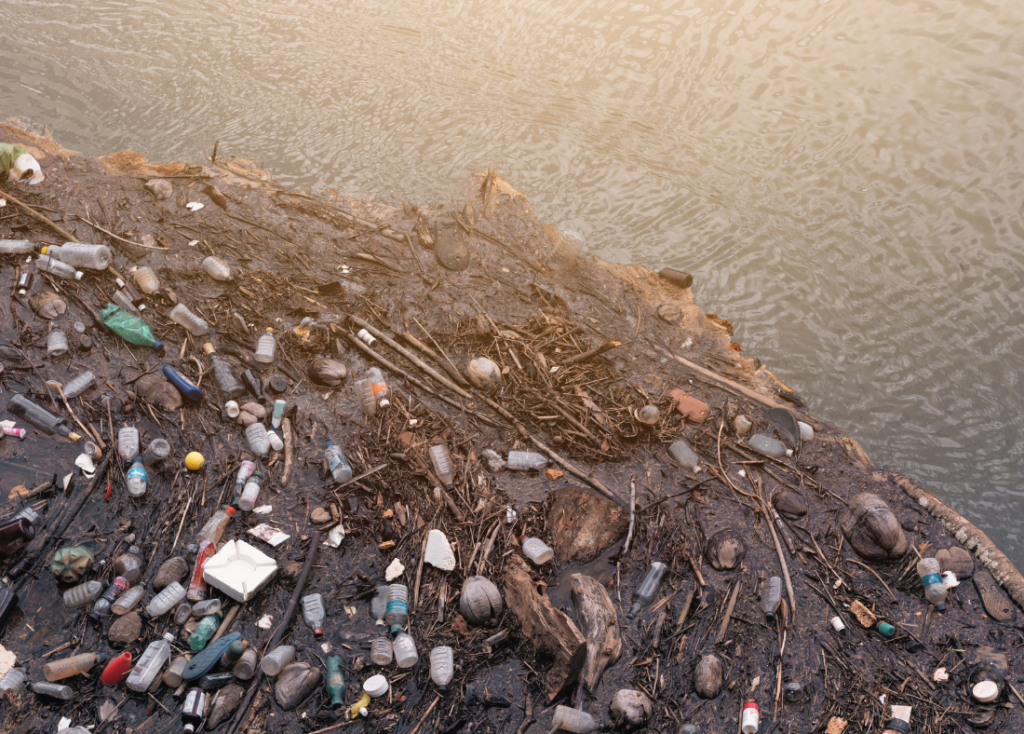By: Vivian Zhang (she/her), Youth4Climate Volunteer

100 years, 70 billion gallons of sewage, 1,000 days of beach closures, and at least 2,000 residents affected. The Tijuana River Crisis has had far too little attention considering the size of the issue and its destructiveness to the well-being of bordering communities.
The city of Tijuana, Mexico has experienced extreme population growth during the last decade, at a rate of 1.66% increase per year. The overwhelming amount of sewage produced by the increasing number of residents and corporations is far too much for the already-aging treatment plants to handle.
The Sweetwater Union High School District covers neighborhoods near the California U.S.-Mexico border like Chula Vista, National City, and Imperial Beach and has a demographic majority of 61.5% Hispanic people. So another contributing factor to the lack of media coverage surrounding this issue is environmental racism.
On the individual level, residents living along the Tijuana River have repeatedly reported unexplained cases of respiratory illnesses, their verdict being the hydrogen sulfide stench from the sewage. In addition to physical illness, public health professionals have explained that the mental toll this crisis has put on residents is significant. According to Tijuana River Valley Community Assessment for Public Health Emergency Response, 65.9% of households reported at least one family member that has experienced signs of increased anxiety and depression due to the sewage crisis.
To better evaluate the sewage situation, we must also look at the progress that has been made. Congress has approved a $250 million federal funding bill to repair and expand the previously broken South Bay International Wastewater Treatment Plant, near the U.S.-Mexico border. But, this is just one of many steps needed to resolve the sewage issue that has been dragged on for too long.
So, what can we do to help? First, spreading awareness of the issue at hand is a top priority; the more voices, the louder we are and the closer we get to more government action and funding. The next step would be to support local advocacy groups like the Surfrider Foundation or Wild Coast. This could be attending events or volunteering, whatever it is, the more united we are, the more amplified our voices will be.
